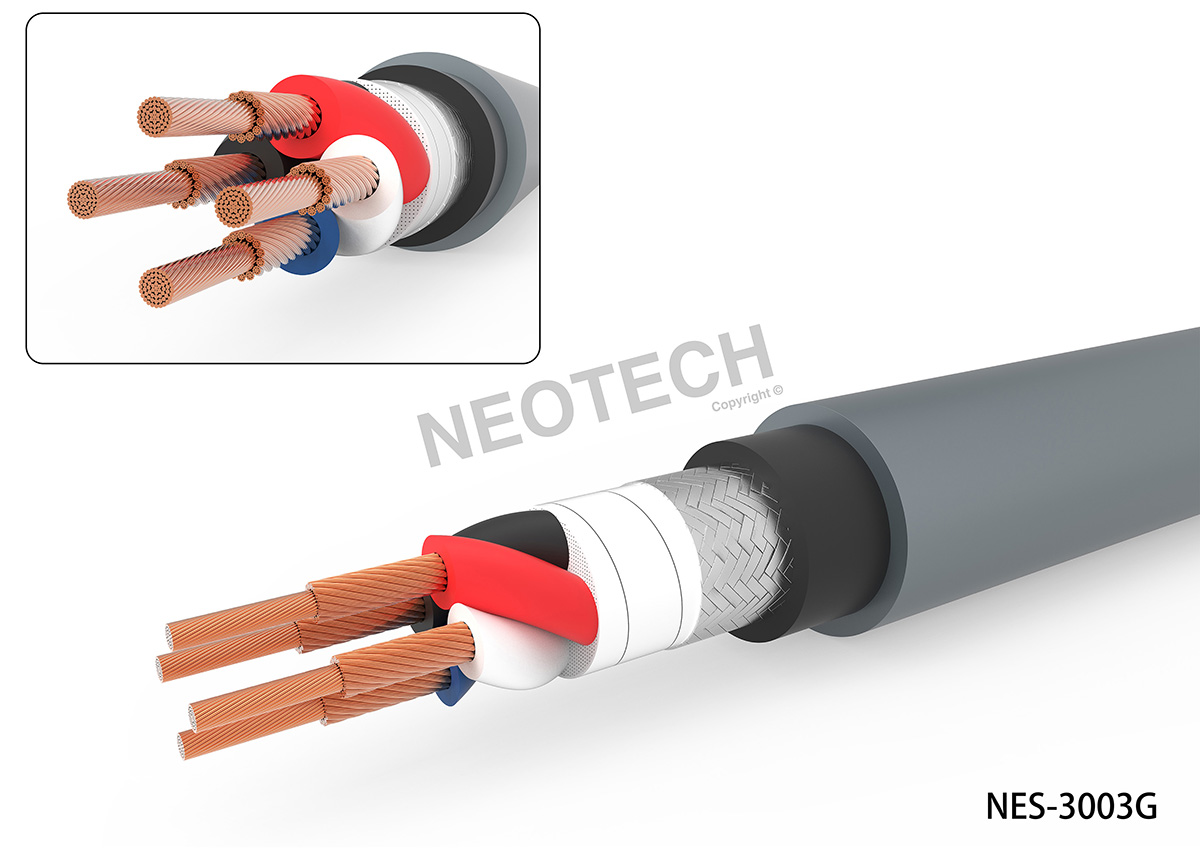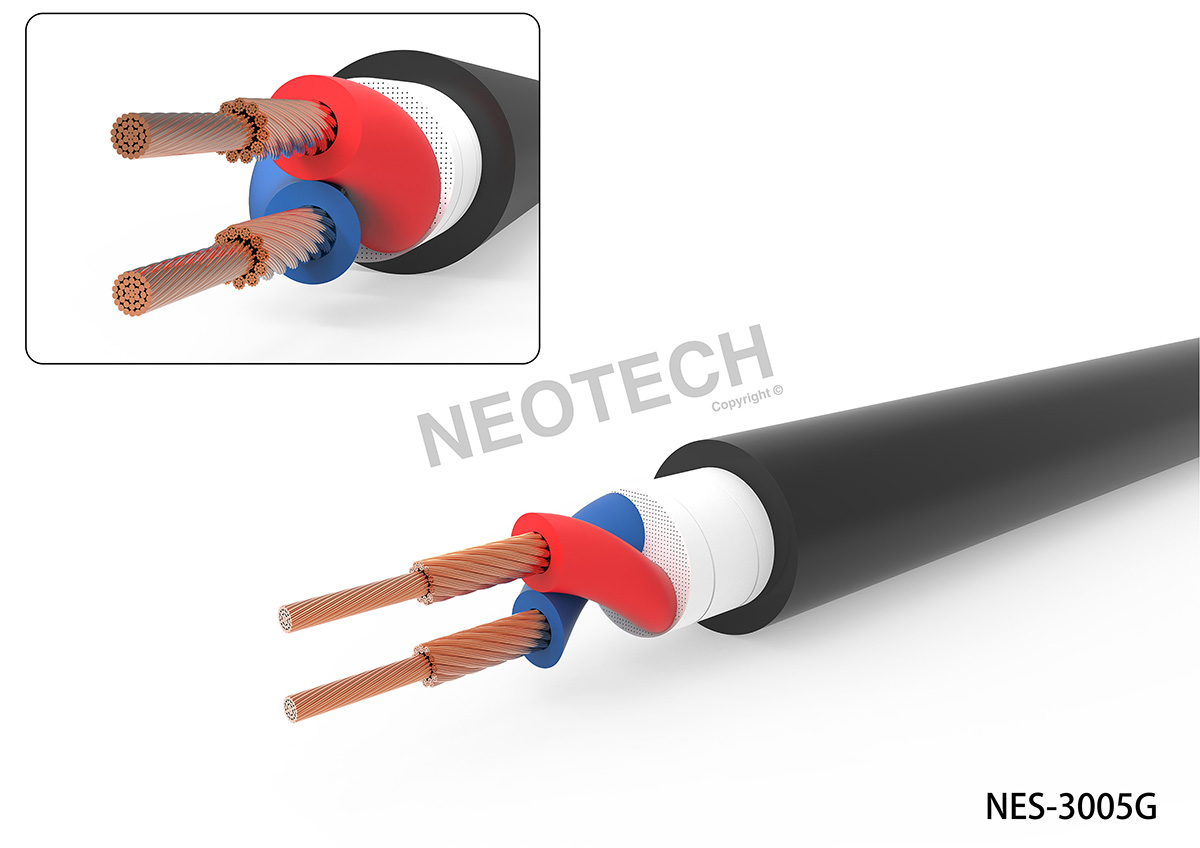We have two technological solutions when it comes to speaker cable
Your opening statement ignores the hundreds of speaker cable designs on the market. If you want us to hypothetically compare just two designs from the one company, best say so!
Soeaker cables technologic dilema…


Far too many posters make far too many assumptions about what is obvious. What is obvious to me is that the two cables you are comparing are very different from most speaker cables. In general, the closer together conductors are, the more the capacitive and inductive coupling between them. The dielectric insulation between them also matters, and air is a good dielectric - far better than PVC. Shielding also increases capacitance and is normally there to minimise Electromagnetic Interference (EMI) and Radio Frequency Interference (RFI). I note that very high speed digital transmission often uses unshielded twisted pairs, on the basis that whatever affects one wire, is cancelled by an equal and opposite effect on the other wire. The tightly packed and tightly twisted speaker cables you are comparing would seem at face value to emphasis reduction of EMI and RFI. While this may be important for very low voltage signals like phono connections, and possibly for line-level interconnects, I cannot see the hefty power being delivered to speakers being affected by EMI, let alone RFI. Highly inductive and capacitive speaker cables will alter the tonal balance of your speakers but only you can judge if you think it is for the better or worse. |
I think the cables you are listening to have high capacitance and high inductance compared with more physically open, more neutral cables on the market. Bear in mind that your speakers (all speakers) have impedances which vary with frequency, sometimes quite dramatically. Adding ideal cables with no capacitance or inductance, but different resistances, will skew the frequency response of the speakers. Of course, no real-world cable is free from capacitance or inductance. I wrote earlier that
I would suggest you beg, borrow or otherwise obtain a more conventional pair of cables just to compare ... PS. In many ways, the ideal cable is no cable and I think this partly explains the performance of well executed active speakers |
Really? Take a straight wire. It has self-inductance caused by the magnetic flux created as current flows. Now twist the wire into a spiral. Keep twisting it until it becomes a coil in shape. The self-inductance increases enormously because the magnetic flux now interacts with many loops of the wire. Stick a bit of iron in the middle of the coil and you have built half a transformer, or linear power supply as it has been re-badged. Complete the transformer by adding a second coil. Do you really think it will work better if the separation is increased? The electromagnetic force decreases as the inverse square of distance and governs both capacitance and inductance |
I would be looking for a cable with the same or more cross-section, same length or shorter, but with more separation between the conductors. Trying to keep the resistance similar! Straight or very slightly twisted. For me, it would be whatever I could borrow from my HIFi dealer! Not looking for a forever cable, just one with less capacitance and inductance to see what the sonic effects are. Sorry I cannot be more specific. You reported hearing very clear differences with your cable grounded and free floating so just trust your ear/brain system! |